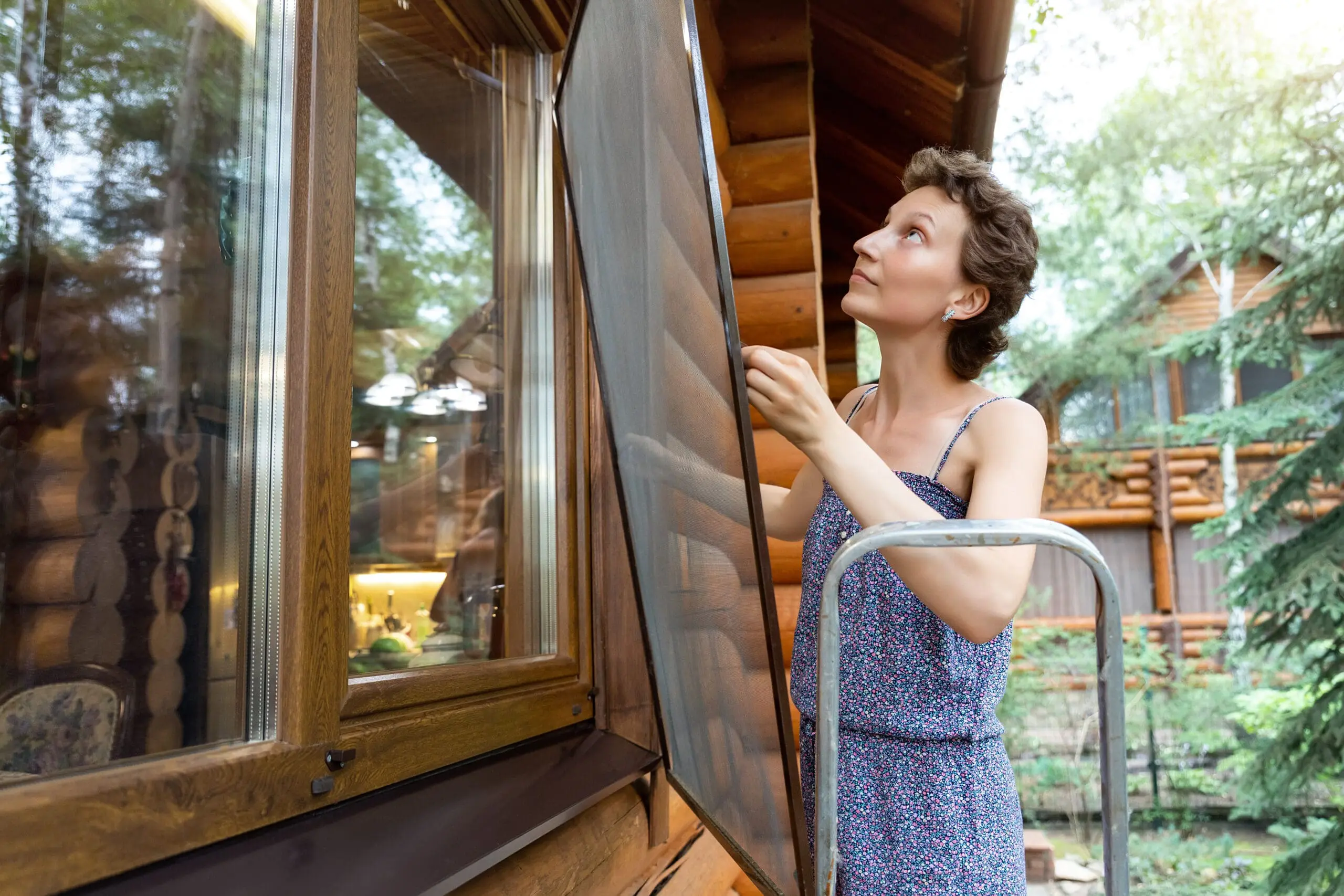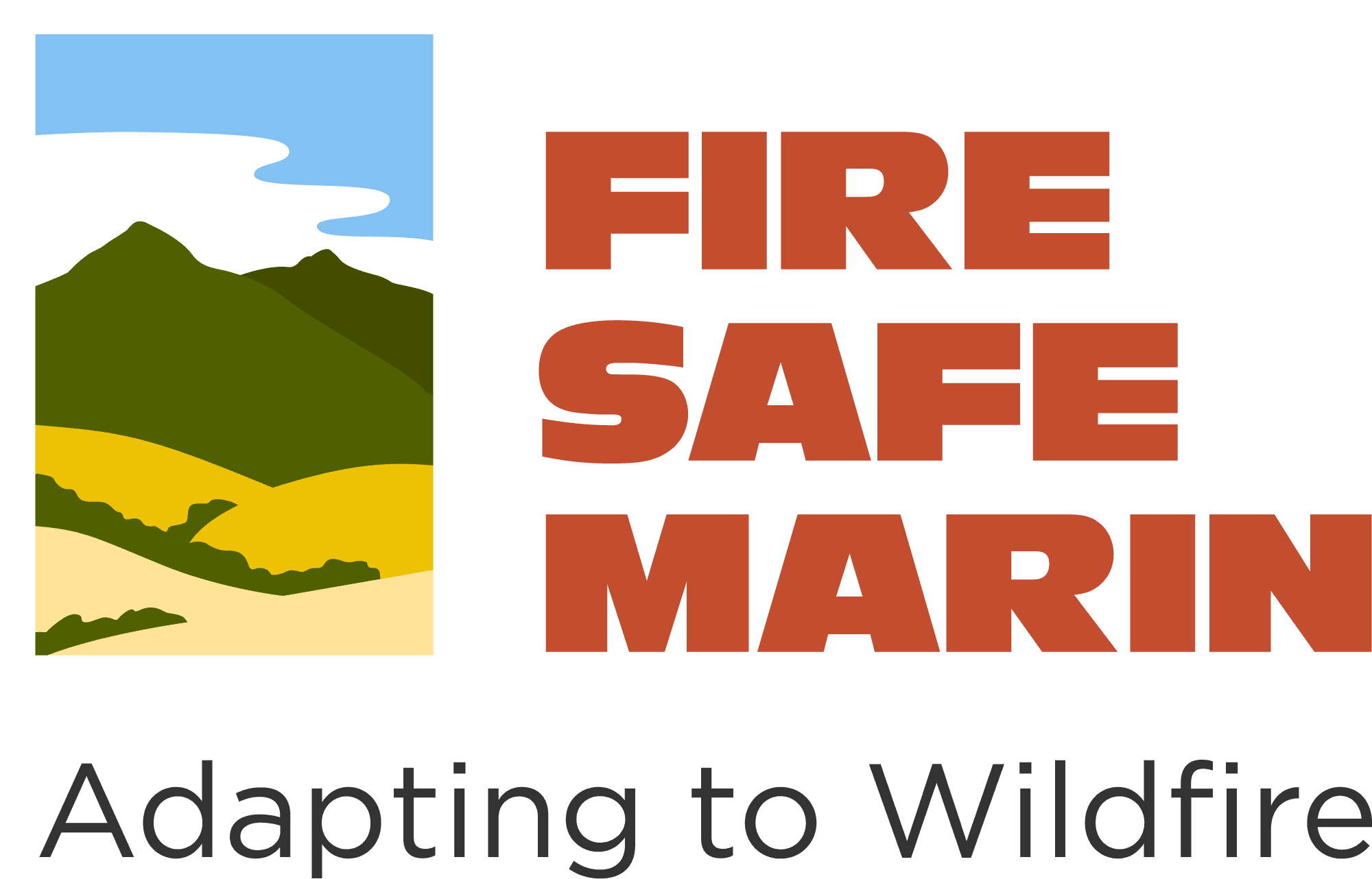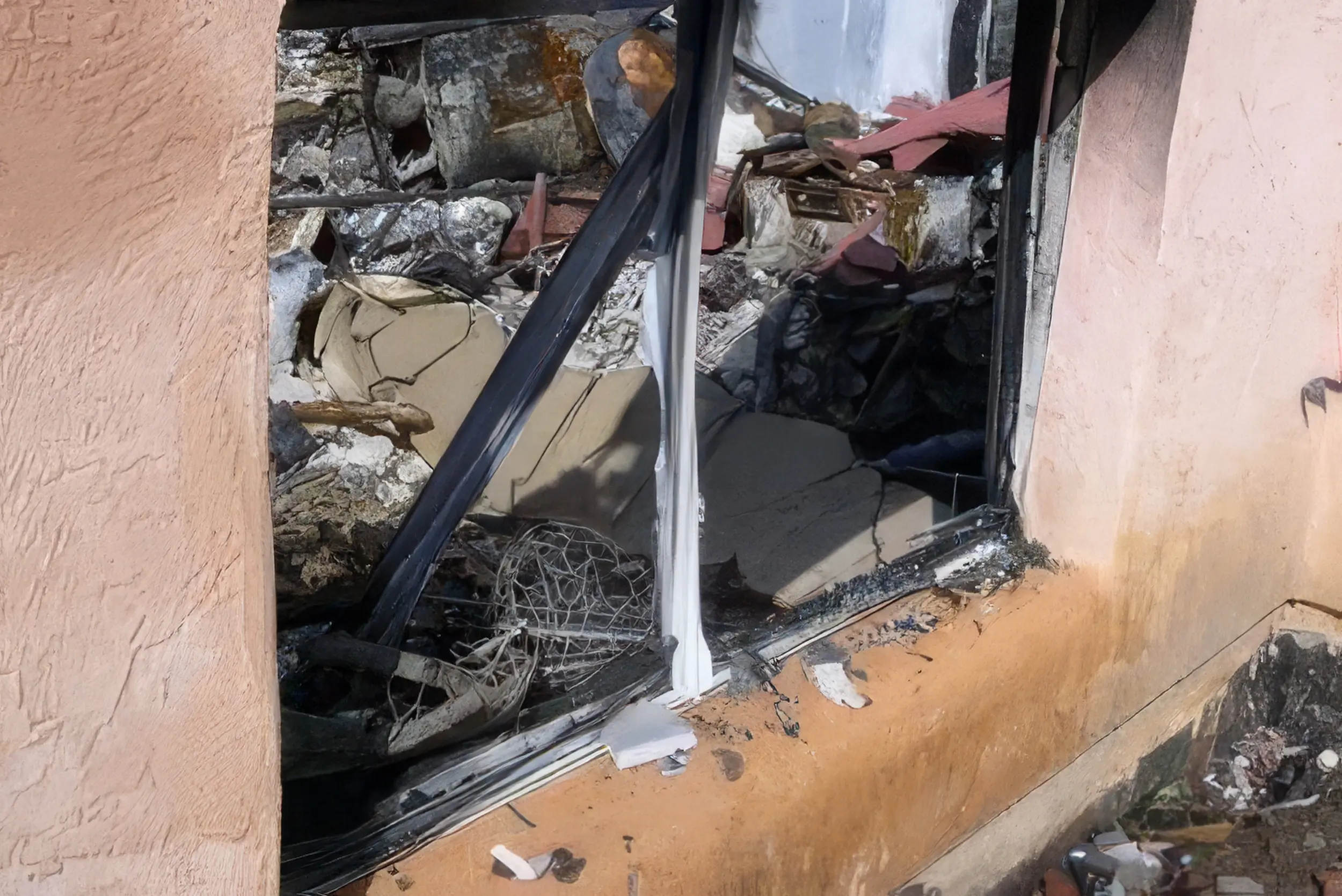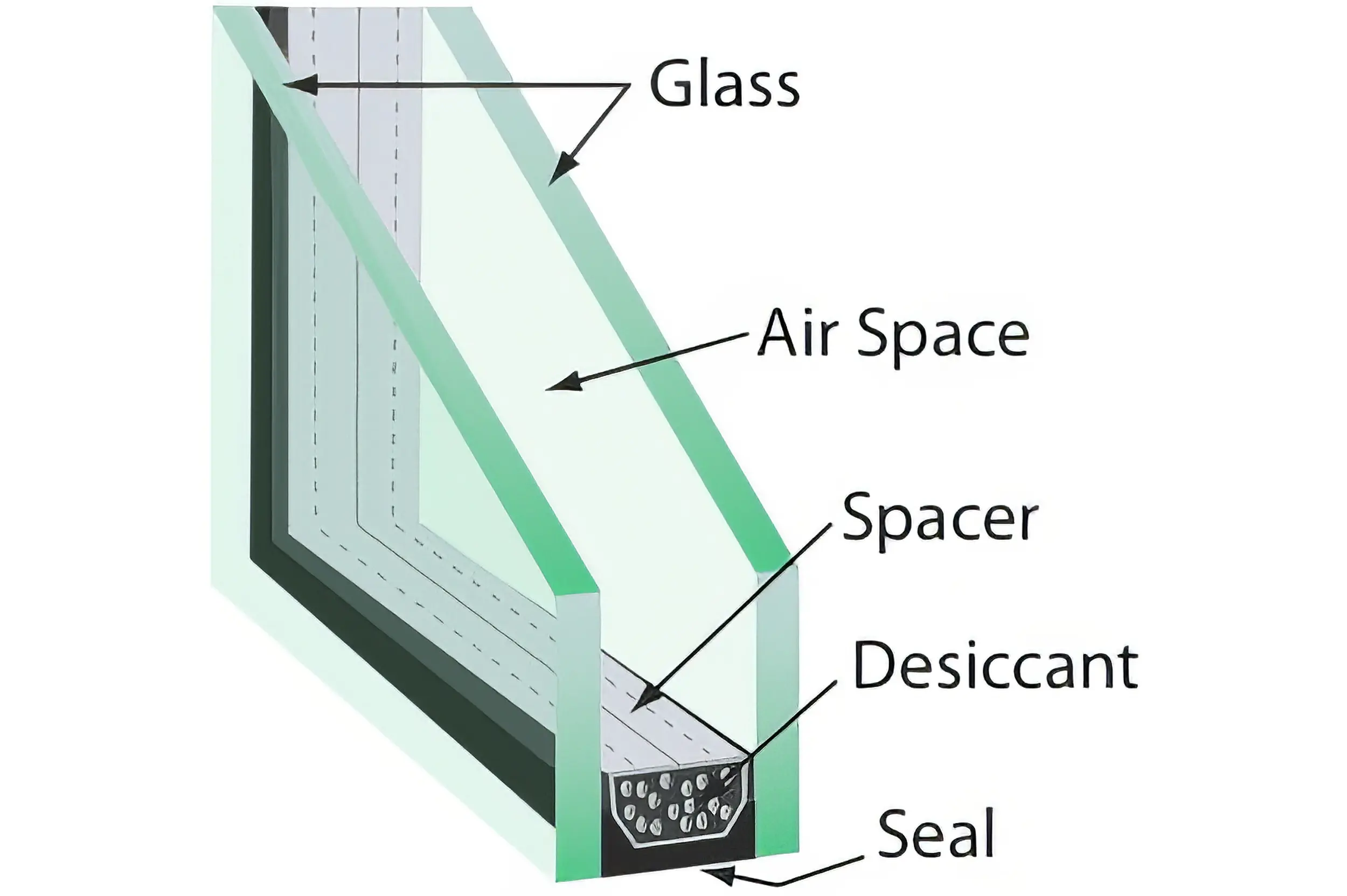IN THE EVENT OF AN EMERGENCY THIS SITE IS NOT MONITORED. FOR CURRENT INFORMATION GO TO HTTPS://EMERGENCY.MARINCOUNTY.ORG.
Fire-Resistant Windows
When windows fail, fire can enter your home
What Types of Windows Do You Have?
- Single-pane windows are more common in older structures.
- Testing has shown that single-pane windows are highly vulnerable to breaking when exposed to wildfire conditions.
- Dual-pane windows provide better wildfire protection.
- Dual-pane windows have two sheets of glass that are separated by airspace.
- Depending on the type of glass, a window that is exposed to flames may break after only 1-3 minutes of exposure to intense heat or flames and allow flames and embers inside.
- Glass in windows breaks because of extreme temperature differences–which develop between the exposed glass and the glass protected by the window framing material–when exposed to the heat from a wildfire (or the heat from your neighbor’s burning home).
- Cracks develop and propagate inward, which makes larger windows more vulnerable to breaking because they tend to have more edge than smaller windows.
Improving Window Performance
Replace your windows
Replace your old windows for dual-pane, tempered glass:
- This will provide significant wildfire protection against flames and wind-blown embers.
- These windows have the added benefits of greater energy conservation and insulation during cooler and warmer months.
- The cost increases are relative to the opening size and the number of windows that must be replaced.
Tempered glass is about four times more resistant to breaking during a wildfire. Remember, even dual-pane, tempered glass windows will not protect your house if they are left open. Close all windows before you evacuate during a wildfire.
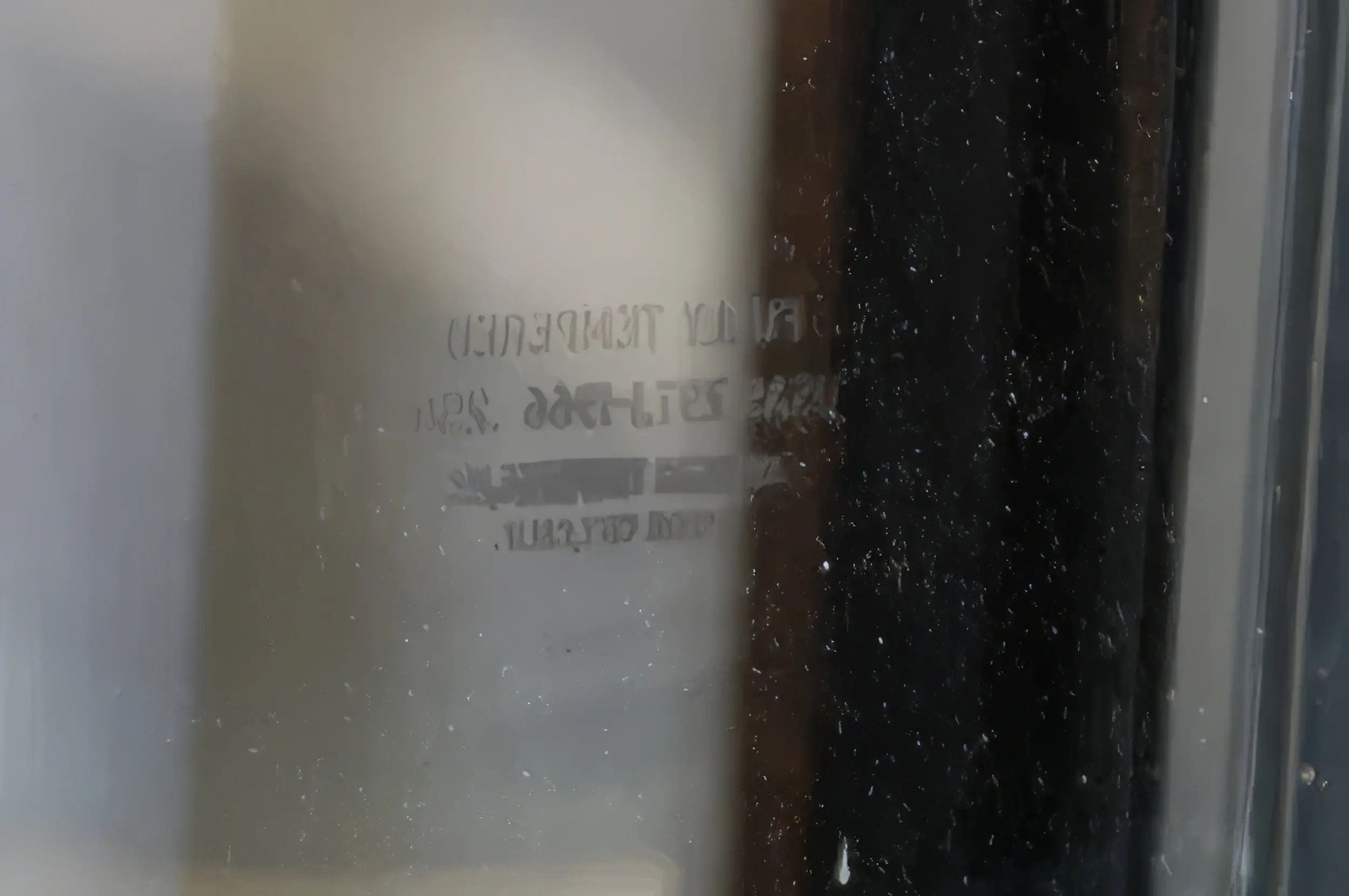
How to determine if windows have tempered glass: tempered glass in a window will have a marking etched on one of the corners.
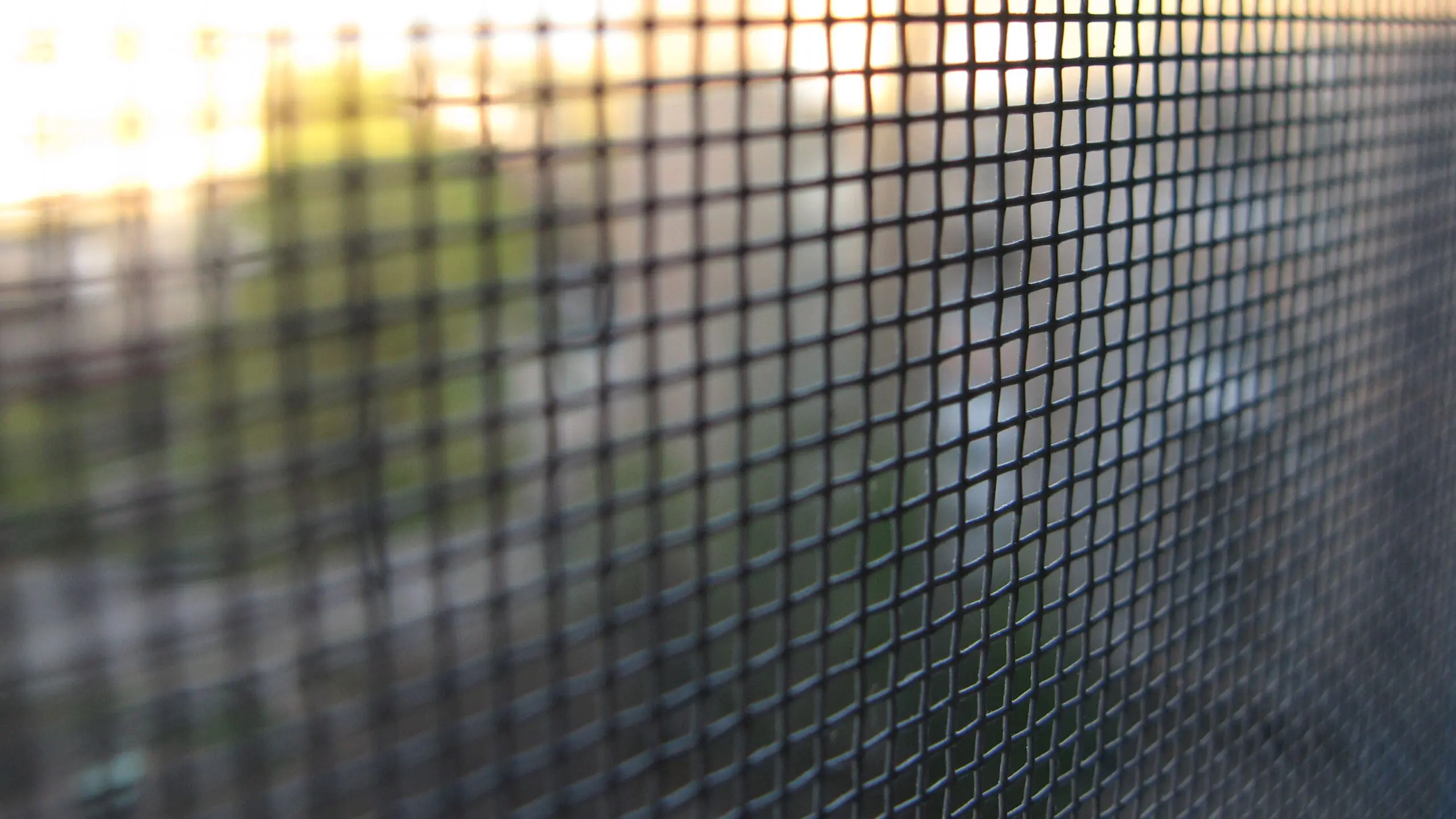
If You Cannot Afford to Replace Windows
Managing the vegetation and other types of items that could catch fire in the areas nearest to your home or business is even more critical. This includes maintaining the surrounding vegetation and using non-combustible mulch and ignition-resistant materials for yard and garden structures.
Install Window Screens
- Metal window screens have been shown to improve the performance of windows subjected to radiant heat exposure in wildfire conditions.
- Fine mesh screens of at least 1/16-inch will also help to resist the entry of embers, but will not keep flames out.
Install Shutters or Create Window Covers
- If you live outside a hurricane-prone region, you will not need to install shutters.
- If your house is at risk from hurricanes and wildfires, visit the Hurricane Section and download a copy of the IBHS Shutter Selection Guide for help in choosing shutters.
- If you do not face a hurricane risk, choose a less expensive alternative for wildfire protection: ½-inch plywood.
- Measure the openings and cut covers to size.
- Label them for each window so they can be installed quickly when a wildfire threatens.
- Take the time to pre-install the anchorage hardware for easier installation.
- Before installation, clear the surrounding area of vegetation and other combustible materials that could ignite the plywood covers.
More Information About Fire-Resistant Windows
During a wildfire an open window is the most vulnerable to flames or embers. Closed windows fail if the glass breaks or if the frame material ignites and burns through into the home. If the glass breaks, embers can easily enter through the opening and ignite materials in the home. Glass breaks as a result of temperature differences (and resulting stresses) that develop between the glass that you can see (i.e., look through) and the glass that is protected by the framing material when a window is exposed to the heat of a fire. The stresses cause small cracks that occur at the edge of the glass to grow. Since larger pieces of glass (in larger windows) have more edge (and therefore more small cracks), larger windows are more vulnerable than smaller ones.
A discussion of windows is complicated because they can be made from many materials. Different kinds of glass can be used (e.g., annealed, tempered, and laminated), as well as different framing materials (e.g., wood, vinyl, aluminum, vinyl- and aluminum-clad wood, and fiberglass). Depending on the type of window, other components (often combustible) can be used inside the frame (e.g., in the pulley system of a single or double-hung window) and different materials are also used to hold the glass in the frame. Because the window is set in the wall, its performance can depend on whether or not the siding ignites. As is the case with siding, glass breakage or frame ignition will depend on the severity of the radiant heat level (both the amount and duration) and whether direct flame contact from burning vegetation or other near-home materials occurs.
There has been conflicting information regarding the relative importance of glass versus frame material when windows are subjected to wildfire exposures. For example, some builder’s and homeowner’s guides (e.g., Slack 2000; FEMA 2008) do not recommend using vinyl- and wood-framed windows. This recommendation, in part, comes from research by Mowrer (1998), where he reported that certain vinyl-framed windows deform under radiant exposures much lower than that required to break the glass. The window fails when the deformed frame allows the glass unit to fall out completely or allows a gap to develop between glass and frame. This problem can occur with windows that have horizontal or vertical separators in the middle of the window (i.e., a single- or double-hung window or a slider window). Research has shown that as long as the horizontal or vertical separator member has an internal reinforcement bar, the deformation will not take place (Quarles and Beall 2001). Vinyl windows that are certified to comply with the AAMA/WDMA/CSA 101/I.S.2/A440 Standard/ Specification possess this feature, so look for labeled products indicating this certification. For most vinyl window manufacturers, inclusion of the reinforcement bar has always been standard practice because of the need to meet other performance requirements (e.g., the forced entry requirement and certain structural code resistance requirements such as wind load resistance).
McArthur (1991) tested wood- and aluminum-framed windows and reported that the glass was the most vulnerable component. These results generally agree with unpublished research conducted at the University of California Fire Research Laboratory. In these studies a variety of frame and glass types were studied. During one test the beading material that holds the glass to the frame failed, allowing the glass to fall out prior to breaking, but otherwise these results support the recommendation to use the more resistant tempered glass, and select frame material based on other factors (aesthetics, cost, etc.). Therefore, to improve the performance of their windows under wildfire exposures, homeowners should upgrade to a multipaned unit (two or three panes), using tempered glass (the California building code requires that at least one pane in a multipaned unit be tempered). Tempered glass is about four times stronger, and also much more resistant to thermal exposures, than the normal annealed glass commonly found in most windows.
Research conducted in Australia has shown that a reflective film on the exterior surface of the outside glass provides effective protection against radiant exposures (Bowditch et al. 2006). These coatings are most often used to reduce energy costs of a building and there are a number of commercially available products. If you are considering use of a reflective coating to improve the performance of your windows during a wildfire, consult with an energy professional to evaluate other impacts of the coating. Bowditch et al. (2006) also reported that laminated glass did not perform any better than annealed glass (i.e., the glass typically used in windows).
Low-E coatings have sometimes been discussed as a means of enhancing the wildfire performance of windows. Low-E coatings are always on one of the inner surfaces of a dual-pane unit. Mathematical modeling has predicted that a low-E coating placed on the inner surface of the outside glass would improve the performance of a window exposed to a wildfire (Cuzzillo and Pagni 1998). This has not been confirmed by laboratory testing, but agrees with reports that manufacturers will place low-E coatings on this surface in order to minimize the potential for thermal stress (Carmody et al. 1996).
Ignition of window curtains from a radiant exposure, prior to glass breakage, is unlikely as long as annealed or tempered glass is used. Babrauskas (2003) summarized research investigating glass breakage and ignition of materials under radiant heat. He reported that glass breakage occurred at radiant exposures between 10 kilowatts per square meter for single-pane annealed glass (approximately 25 kilowatts per square meter for double pane) and 45 kilowatts per square meter for tempered glass. Cotton and polyester materials (which curtains might be made of ) were igniting at about 40 kilowatts per square meter, but he also reported that glass reduces the amount of radiation transmission by half. With these types of glass, breakage is far more likely to occur before curtains ignite. It is still a good idea to remove easily ignitable things away from the window in case of glass breakage and ember entry. If you have more expensive types of glass (e.g., ceramic, borosilicate, or dual-pane/intumescent-filled units), then ignition of interior objects would be far more likely because they are much more effective at resisting breakage under elevated radiant heat exposures. However, windows with any of these kinds of glass are very expensive and beyond the budget of most homeowners. (Automatic shutters would be more affordable and would provide comparable protection from radiant exposures.) More importantly, if you expect these kinds of fire exposures, then certain near-home vegetation management projects should be a top priority on your To-Do list.
Window Screens
Research has shown that window screens improved the performance of glass exposed to radiant heat (McArthur 1991). Bronze, fiberglass (with polyvinyl chloride coating), and aluminum screens all improved glass performance by increasing the time needed for edge cracks to develop. Results from McArthur’s study showed that bronze screens were most effective and aluminum the least effective. Unpublished data from testing conducted at the University of California Fire Research Laboratory showed that screens do not provide any added protection from a flame contact exposure, such as that from burning vegetation located under the window. Window shutters would be effective against both radiant and flame contact exposures.
Windblown embers will still be able to pass through screens. If the glass in the window has failed, and the screening is still in place, the wind blowing against the screen and into the building will result in the ember being reduced in size until it can pass through. Since window screening is usually fine mesh (approximately 1⁄16-inch opening), embers that pass through will have minimal energy and will not be likely to ignite internal furnishings. If the glass and screening have both failed (i.e., large gaps in both), entering embers will be able to ignite combustible materials in the home.
